| A short drive away, we reach the home of artist, educator and national figure Alberto Lescay for a talk on his artwork. Best known for his large bronze installation across from our hotel in Santiago de Cuba's Revolution Square, "El Titan de Bronce," it celebrates the 19th century Cuban general Antonio Maceo Grajales. Lescay studied art at universities in Santiago and Havana as well as six-years spent further developing his art in St. Petersburg, Russia. |
When Lescay won the commission to build the Maceo monument in Santiago de Cuba, it came with a substantial cash award. He declined the prize money, asking instead that the government fund a foundation — Foundacion Caguayo para Las Artes Monumentales y Aplicadas (Caguayo Foundation for Monumental and Applied Arts) — he had dreamed of creating to pass along skills he developed. When he began the project in the 1980s, there was only one artist who knew the techniques needed to create such vast quantities of bronze, and he was over 80 at the time. That's when Lescay realized that to create the Maceo monument, Cuba needed to create a school as many of the earlier generation of artists were dying off, and fewer young Cubans were being groomed to take their places. The monument took nine years and a team of almost 100 additional artists. They melted over 100 tons of bronze.
Additionally, Lescay creates bold abstract paintings, and helped establish and continues to support the Galeria Rene Valdes, a space for artists to exhibit works and interact as part of the city's vibrant cultural community.
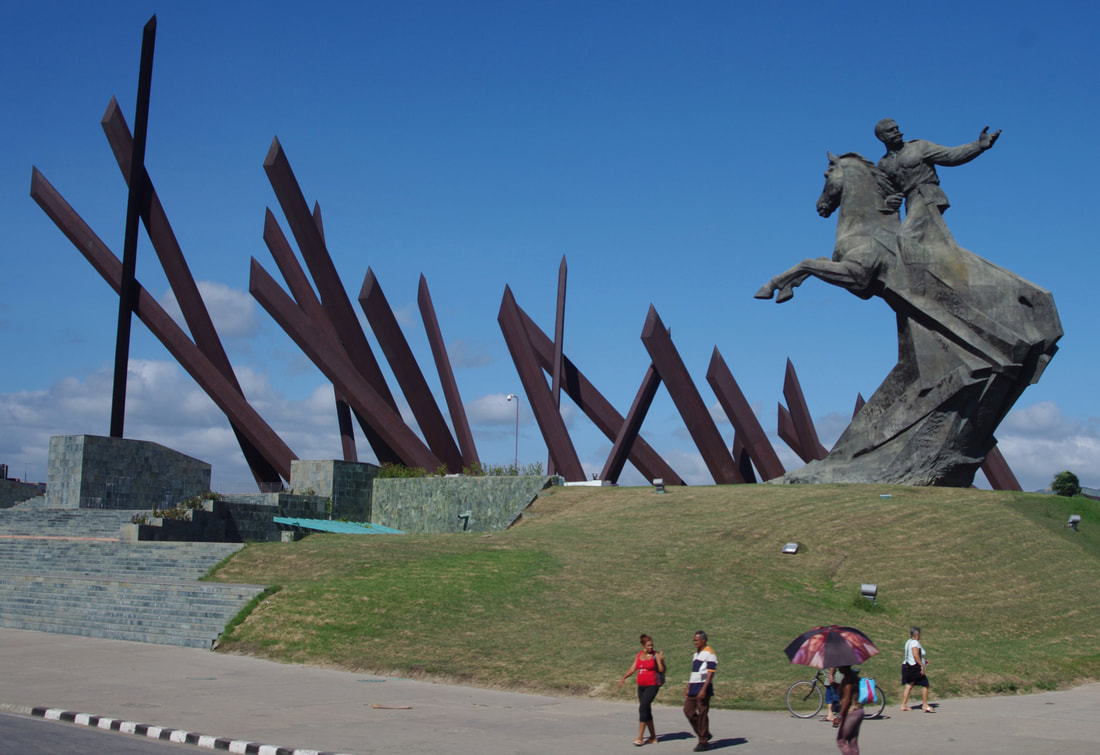
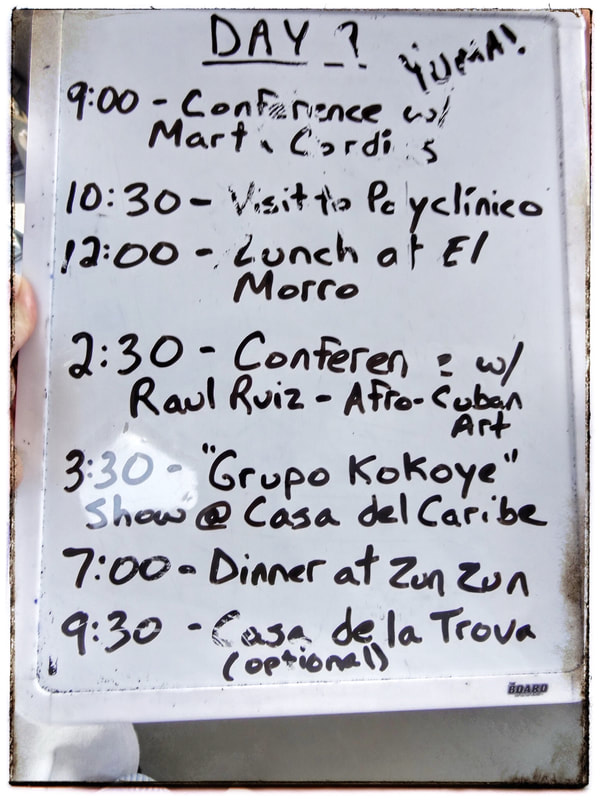
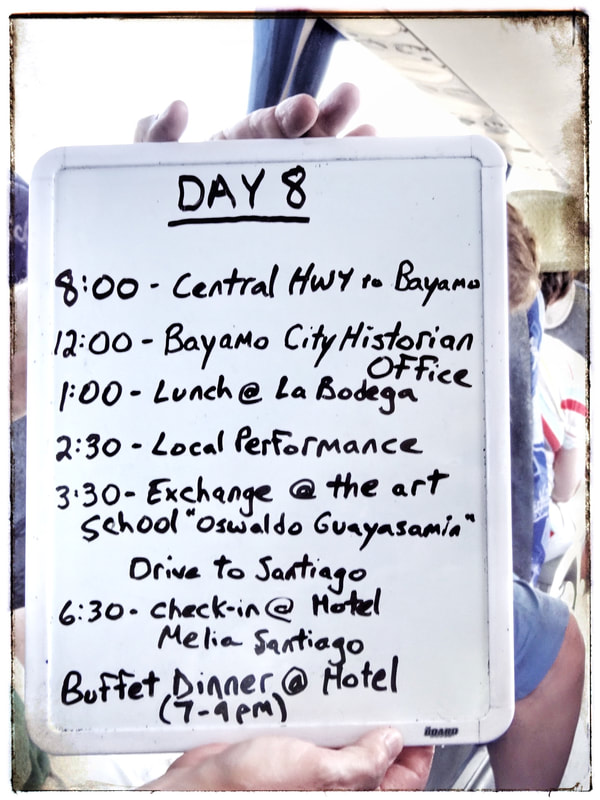
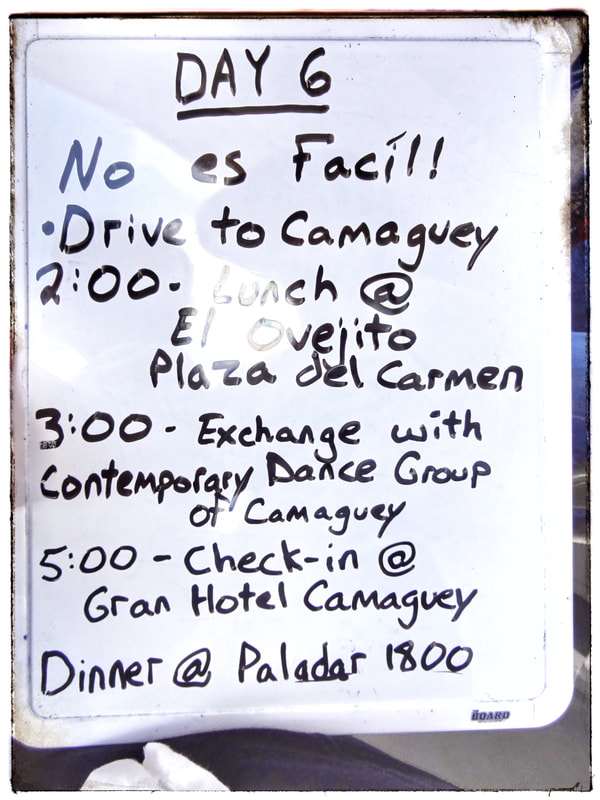
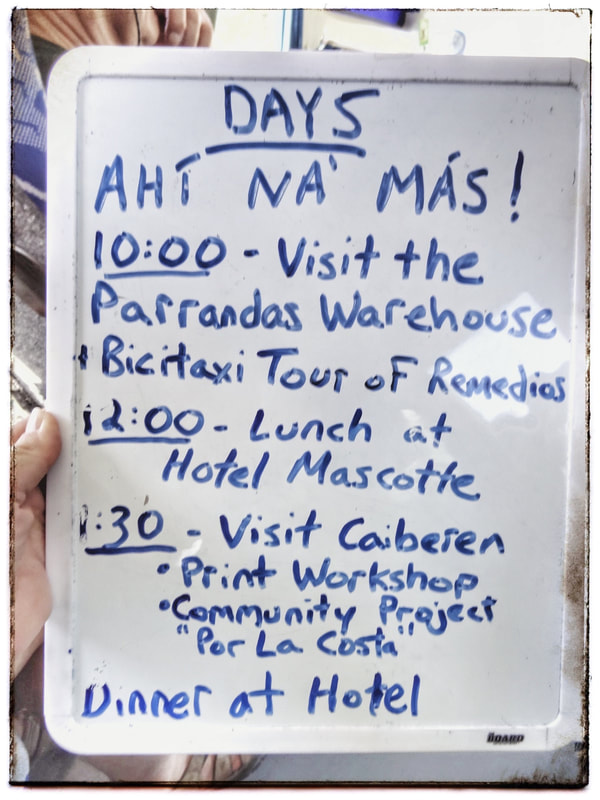
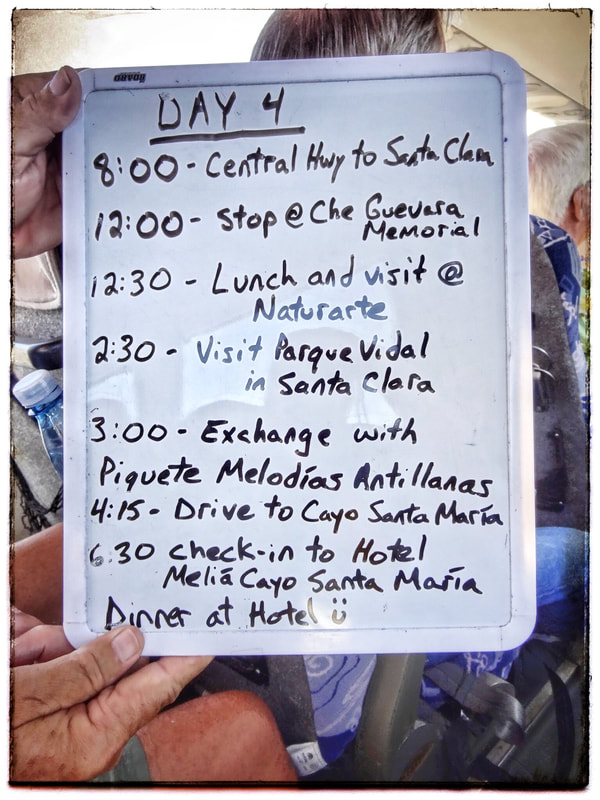
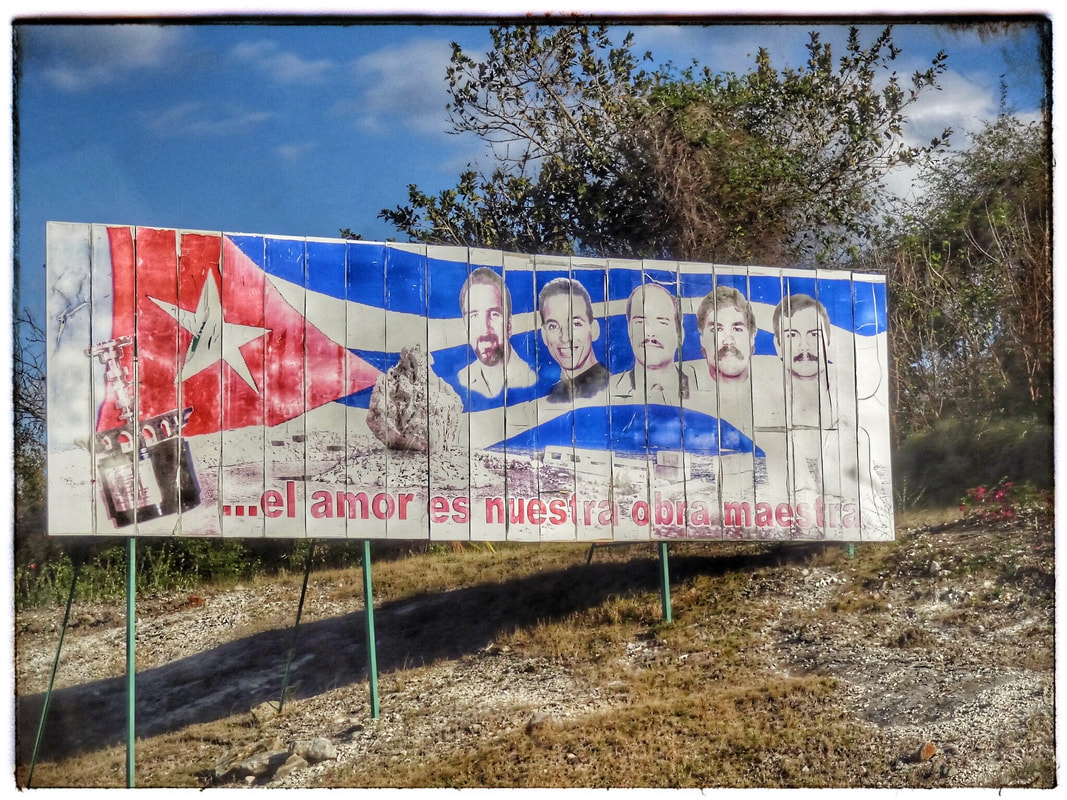
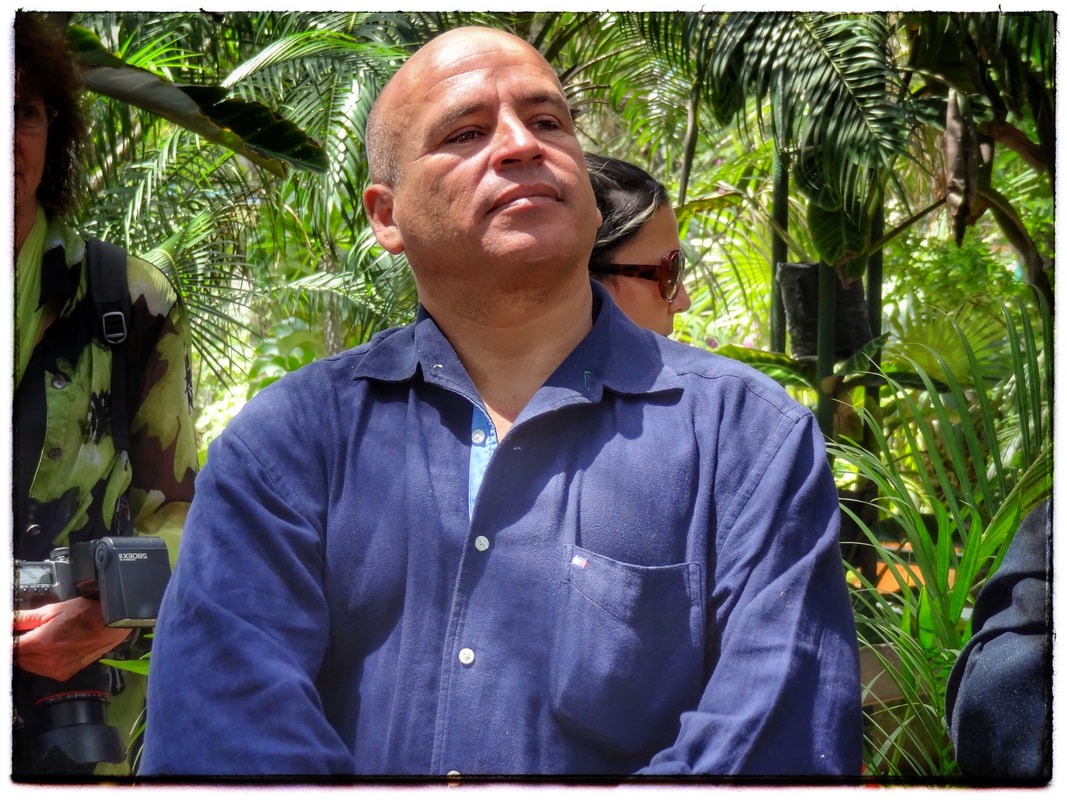
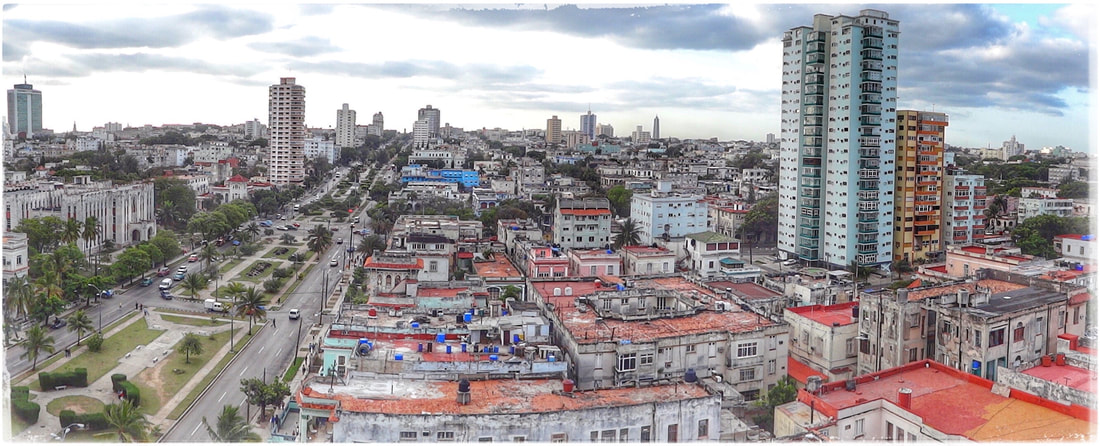
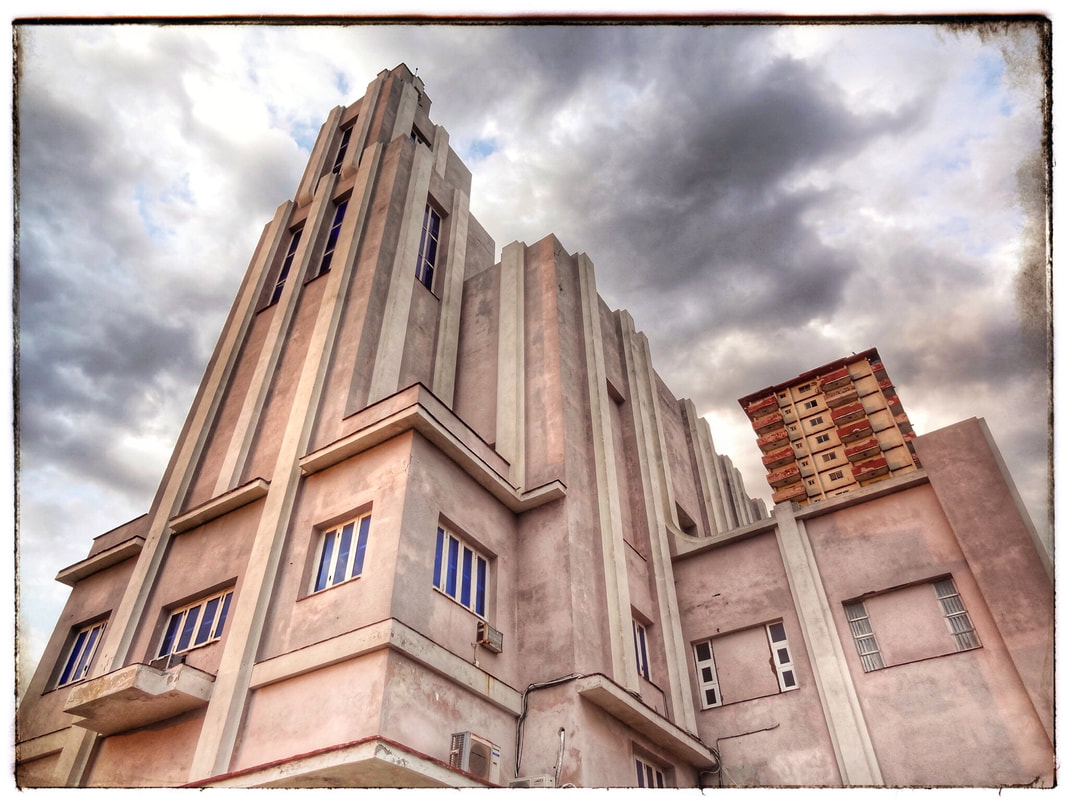
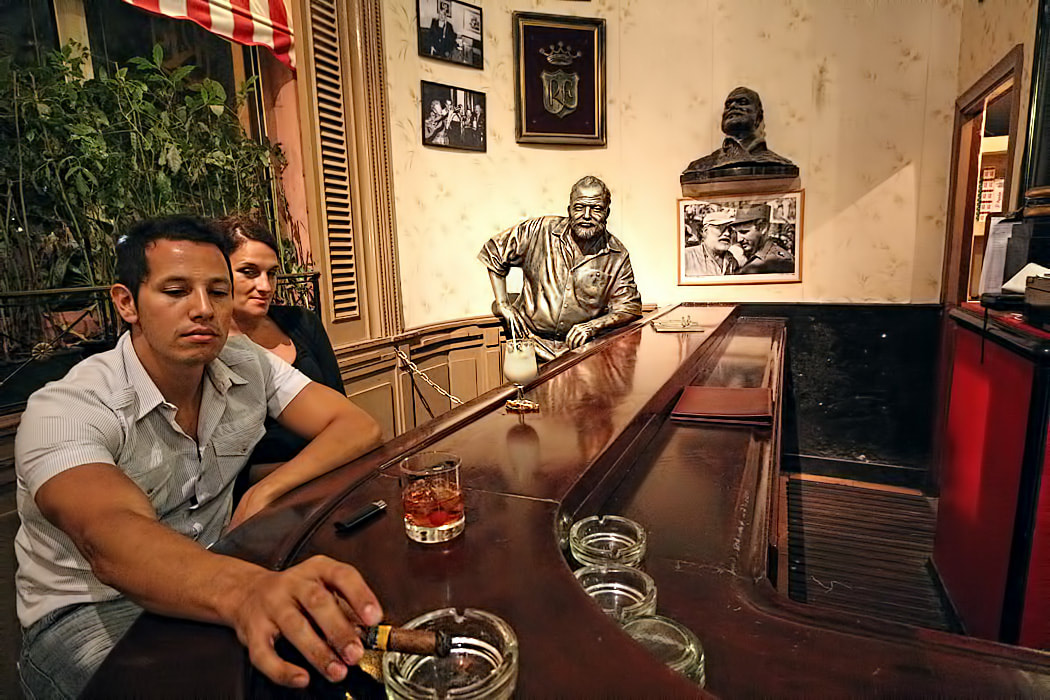
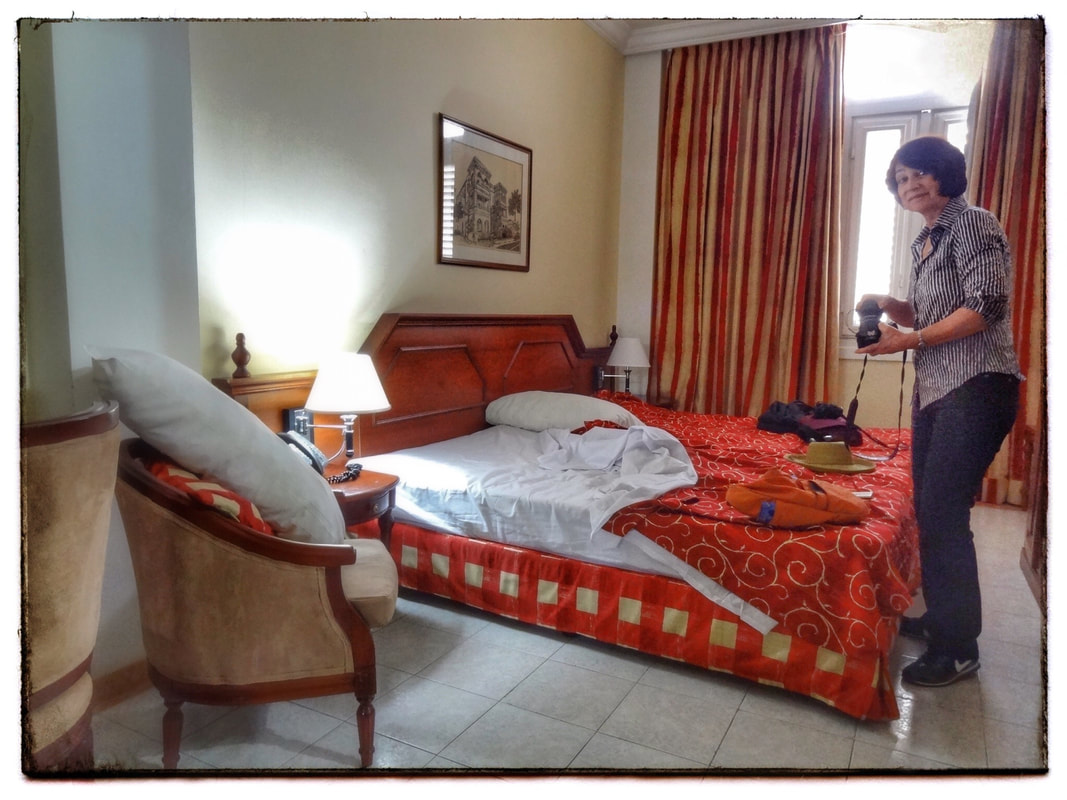
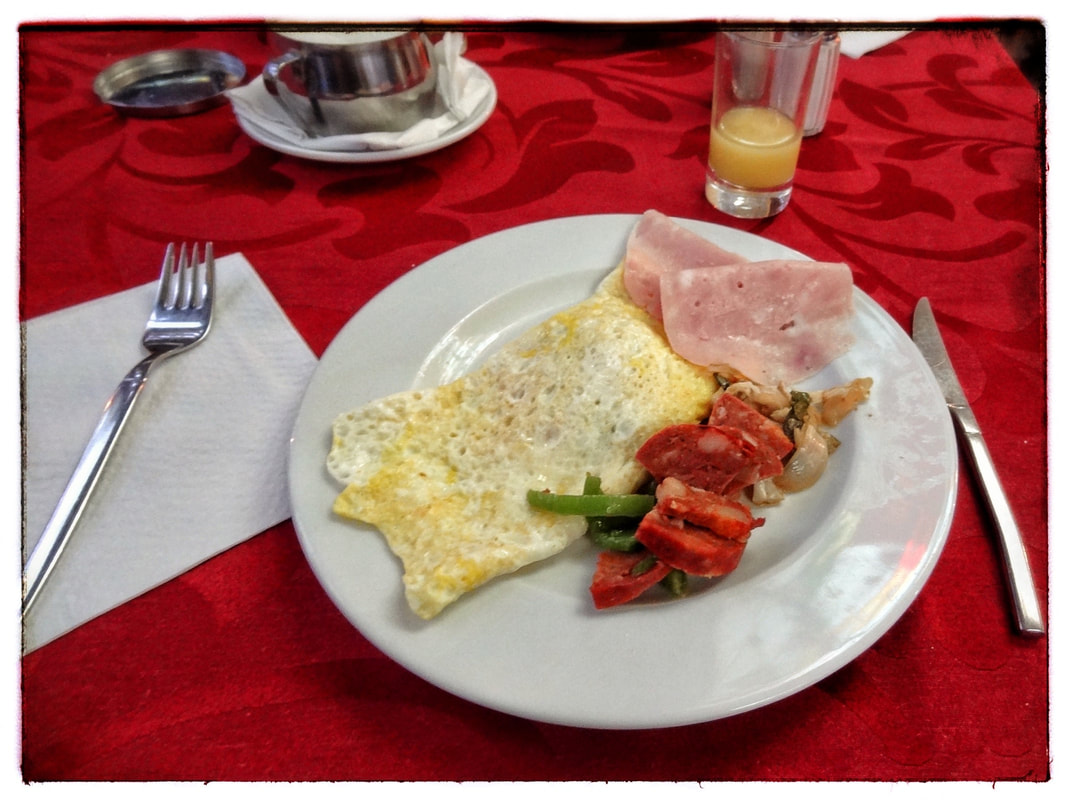
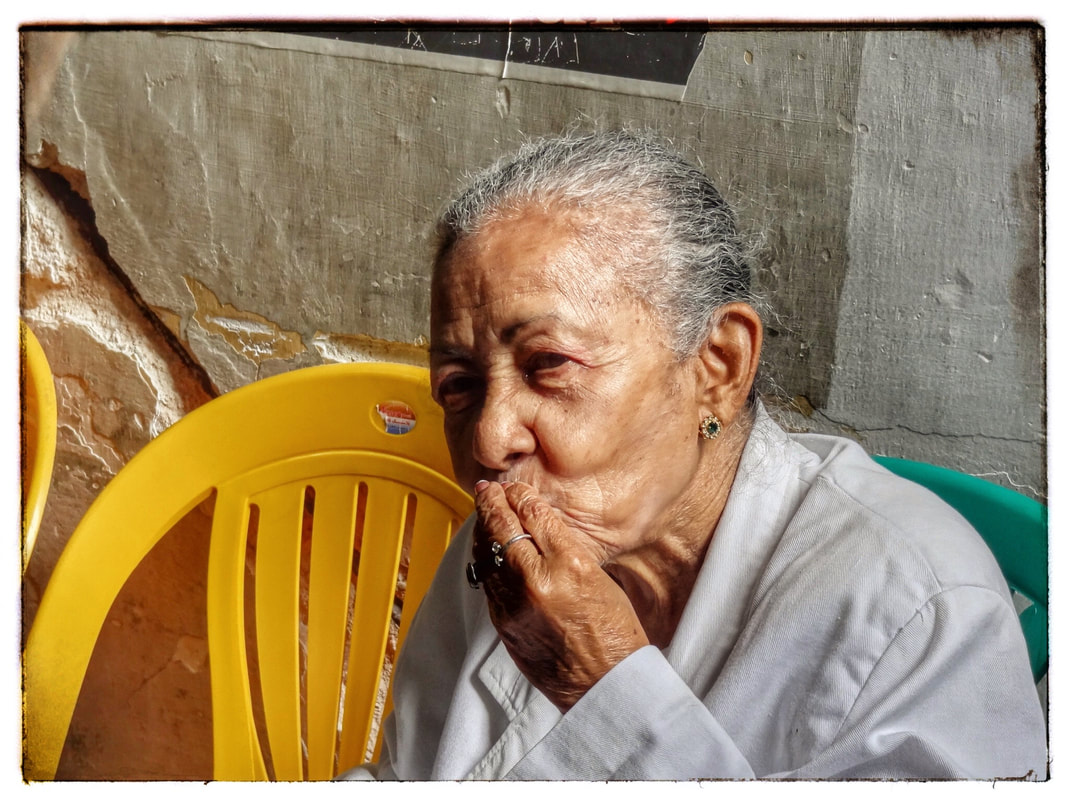
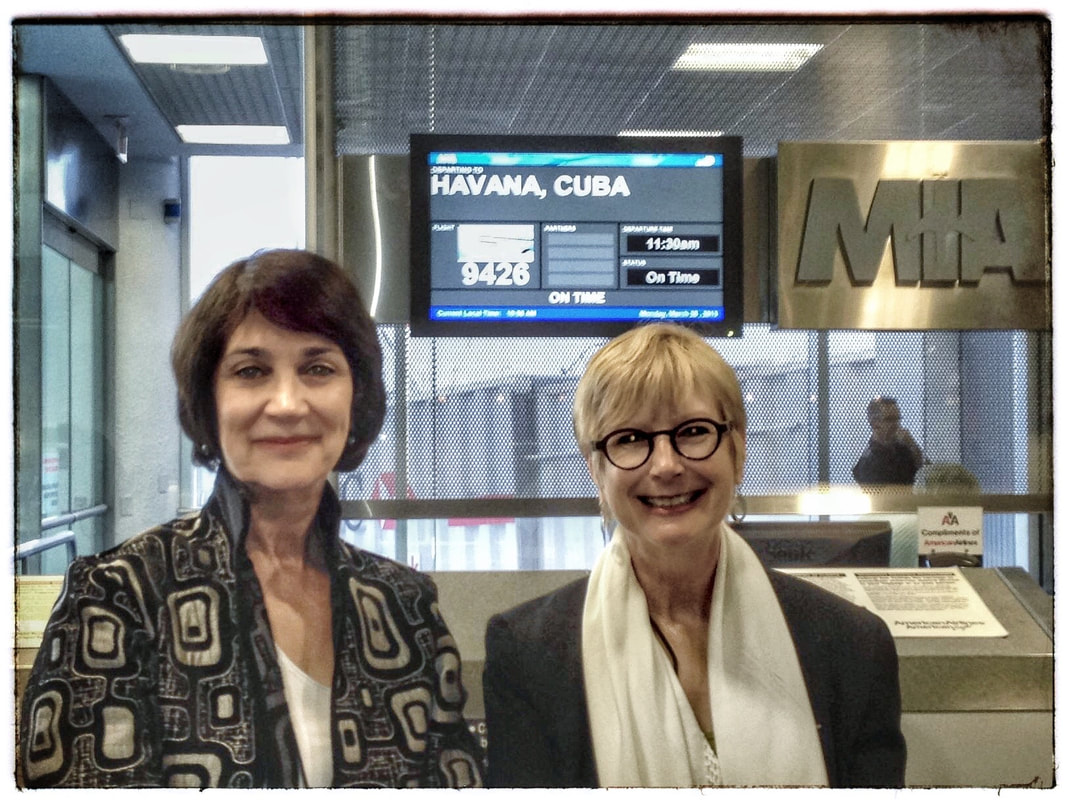
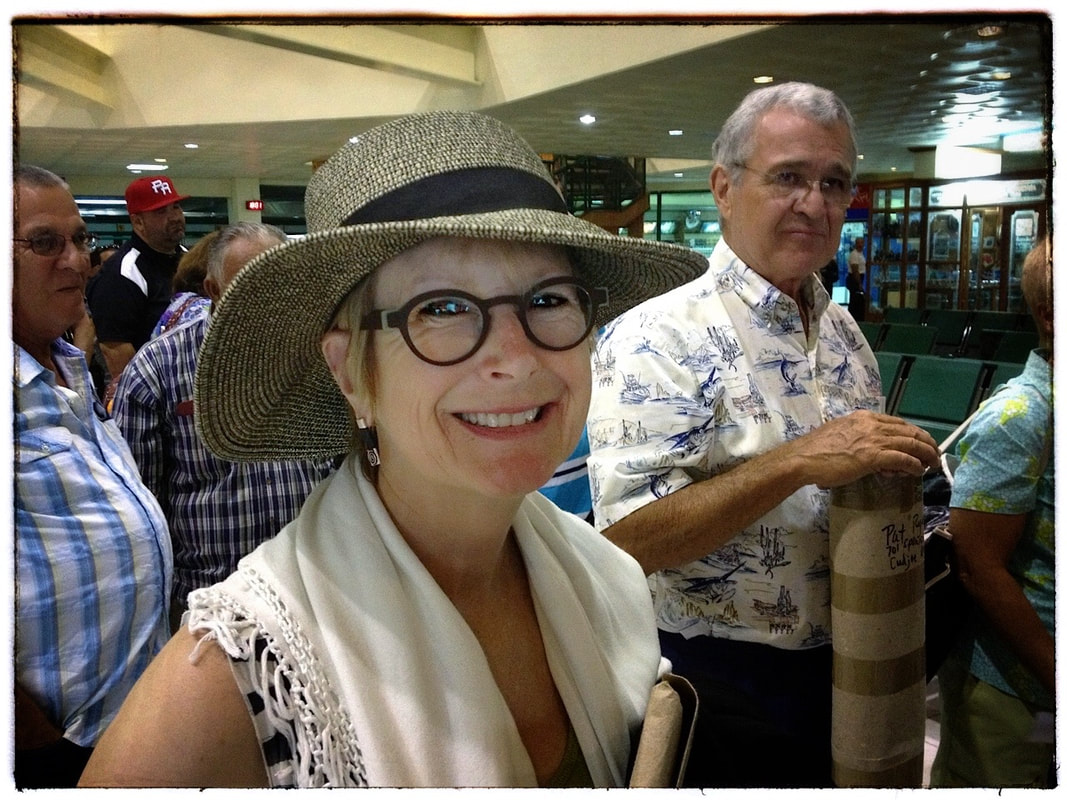
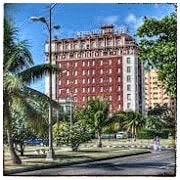
 RSS Feed
RSS Feed
